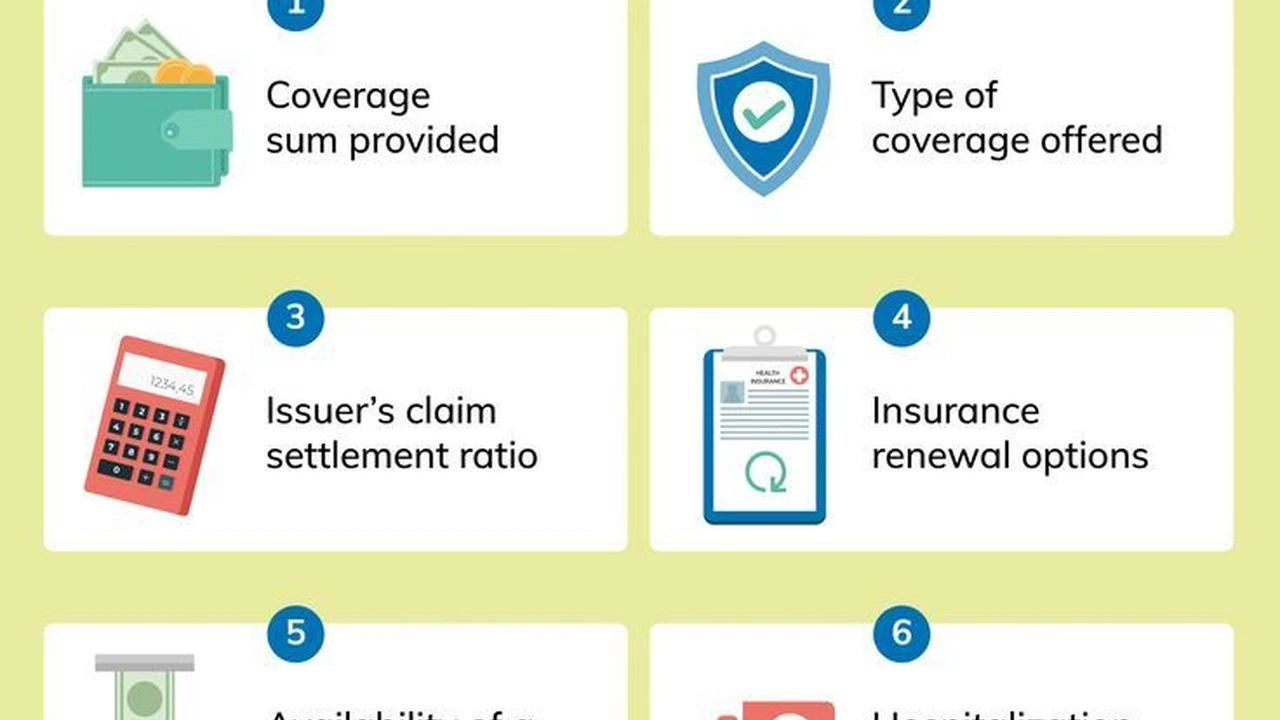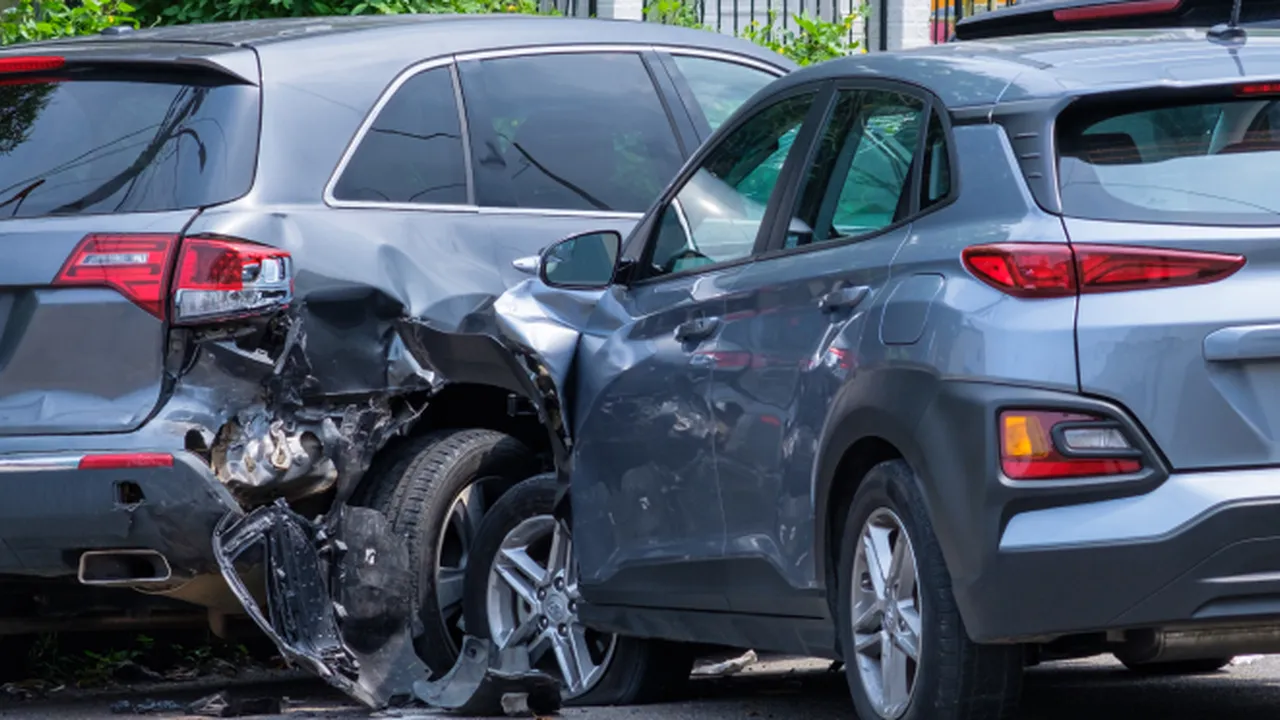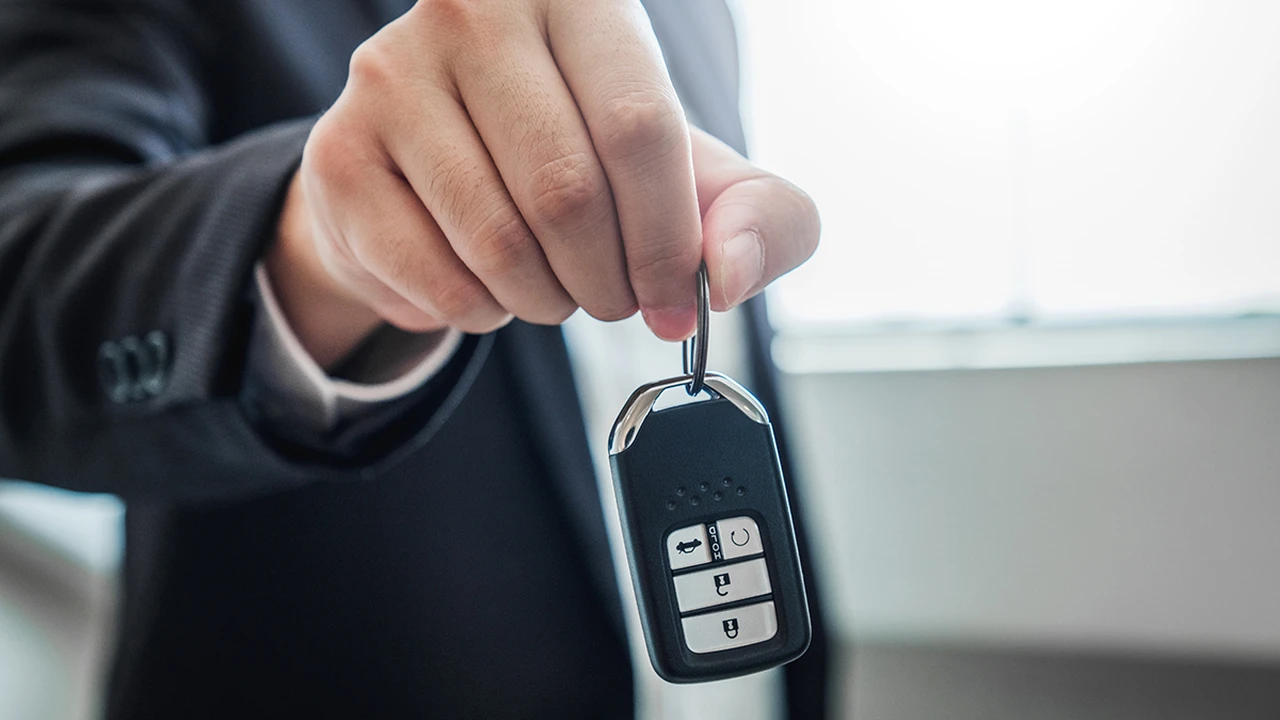Gap Insurance: Is It Right for You?

Understanding Gap Insurance What Is It and Why Do You Need It
Okay, let's talk Gap Insurance. You know, that thing you hear about when you're buying a new car and suddenly feel like you need to understand a whole new language? Basically, Gap Insurance – or Guaranteed Asset Protection insurance – is there to cover the “gap” between what you owe on your car loan and what your insurance company says your car is actually worth if it gets totaled or stolen.
Think about it: you drive your shiny new car off the lot, and BAM! It instantly depreciates. If something happens to it early on, your regular car insurance will only pay out the current market value, which could be way less than what you still owe. That's where Gap Insurance swoops in to save the day (and your wallet).
Who needs it? Well, if you put down a small down payment, have a long loan term (like 60 months or more), or bought a car that depreciates quickly, Gap Insurance might be a really good idea. Basically, if you're underwater on your loan – meaning you owe more than the car is worth – you're a prime candidate.
Gap Insurance Coverage What Does It Actually Cover
So, what exactly does Gap Insurance cover? In most cases, it covers the difference between your car's actual cash value (ACV) at the time of the loss and the outstanding balance on your loan, including deductibles. Let's break that down.
Imagine you owe $25,000 on your car, but it's only worth $20,000 when it gets totaled. Your regular insurance will pay out $20,000. Without Gap Insurance, you're still on the hook for that $5,000 difference. Gap Insurance would cover that $5,000 (minus any deductible you might have on the Gap Insurance policy itself).
It’s important to note what Gap Insurance *doesn’t* cover. It typically doesn't cover things like: death or injury, vehicle repairs, extended warranties, or loan default. It's strictly tied to the difference between the car's value and your loan balance in the event of a total loss.
Different Types of Gap Insurance Policies Finding the Right Fit
You've got a few options when it comes to getting Gap Insurance. The most common places to get it are from your car dealership, your bank or credit union, or directly from an insurance company.
- Dealership Gap Insurance: This is often offered right when you're buying the car. It's convenient, but often the most expensive option. They bundle it into your loan, which means you're paying interest on it too.
- Bank/Credit Union Gap Insurance: Banks and credit unions also offer Gap Insurance. Their rates are often lower than dealerships, but you'll need to shop around and compare.
- Insurance Company Gap Insurance: Some insurance companies offer Gap Insurance as an add-on to your regular car insurance policy. This can be the cheapest option, but it's not always available.
Each option has its pros and cons. Dealerships are convenient but pricey. Banks are generally cheaper but require extra legwork. Insurance companies might offer the best rates but aren't always an option. Weigh your options carefully!
Cost of Gap Insurance Factors Influencing the Premium
The cost of Gap Insurance can vary quite a bit depending on where you get it and the specifics of your policy. Generally, you can expect to pay anywhere from a few hundred dollars to over a thousand for a Gap Insurance policy.
Factors that influence the premium include:
- The price of your car: More expensive cars often mean higher Gap Insurance premiums.
- Your loan term: Longer loan terms mean a greater risk of depreciation, which can increase the premium.
- Your down payment: Smaller down payments increase the gap between what you owe and what the car is worth, leading to higher premiums.
- The provider: As mentioned before, dealerships tend to be more expensive than banks or insurance companies.
It's crucial to get quotes from multiple sources to see who offers the best deal. Don't just take the first offer you get!
Recommended Gap Insurance Products and Their Features
Alright, let's dive into some specific Gap Insurance products and what they offer. Keep in mind that availability and specific terms can vary by location and provider, so always do your own research and get a personalized quote.
- Ally Financial Gap Coverage: Offered through dealerships that partner with Ally Financial, this coverage is pretty comprehensive. It covers the difference between your loan balance and the car's value, plus your insurance deductible (up to a certain amount, usually $1,000). It's convenient if you're already financing through Ally, but might not be the cheapest.
- Credit Union Gap Insurance (e.g., CUNA Mutual): Many credit unions offer Gap Insurance through providers like CUNA Mutual. These policies often have competitive rates and good coverage. They typically cover the loan-to-value gap and may also include deductible assistance. The price can range from $300 to $600, depending on the loan amount and term.
- Direct Gap Insurance (e.g., Gap Direct): Companies like Gap Direct specialize in Gap Insurance. They often offer the most affordable rates, but you'll need to do your homework and make sure they're reputable. Their policies usually cover the loan-to-value gap and may have different coverage limits. Expect to pay around $200 to $500 for a policy.
Comparing Gap Insurance Products Features Coverage Cost and Scenarios
Let's break down a comparison table to see how these Gap Insurance options stack up:
| Provider | Coverage | Deductible Assistance | Estimated Cost | Pros | Cons |
|---|---|---|---|---|---|
| Ally Financial | Loan-to-Value Gap | Yes (up to $1,000) | $700 - $1200 (bundled into loan) | Convenient, comprehensive | Expensive, interest paid on premium |
| CUNA Mutual (Credit Union) | Loan-to-Value Gap | Yes (Varies) | $300 - $600 | Competitive rates, good coverage | Requires credit union membership |
| Gap Direct | Loan-to-Value Gap | No | $200 - $500 | Most affordable | Less comprehensive, requires research |
Scenario 1: You buy a car for $30,000 with a small down payment and finance it for 72 months. After a year, the car is totaled, and your insurance says it's worth $22,000. You still owe $27,000.
- Ally Financial would cover the $5,000 gap plus your deductible (up to $1,000).
- CUNA Mutual would cover the $5,000 gap and potentially some of your deductible.
- Gap Direct would cover the $5,000 gap.
- Ally Financial would cover the $0 gap (since you owe less than the car's value).
- CUNA Mutual would cover the $0 gap.
- Gap Direct would cover the $0 gap.
Gap Insurance Usage Scenarios When Does It Make Sense
So, when does Gap Insurance really make sense? Here are a few scenarios where it's definitely worth considering:
- New Car Purchase with a Small Down Payment: If you're buying a brand-new car and putting down less than 20%, you're at a higher risk of being underwater on your loan. Gap Insurance can provide peace of mind.
- Long Loan Term: The longer your loan term, the more time your car has to depreciate. A longer loan term increases the likelihood of a gap between what you owe and what the car is worth.
- Buying a Car That Depreciates Quickly: Some cars depreciate faster than others. Research the depreciation rates of the car you're considering to see if Gap Insurance is a smart move.
- Leasing a Vehicle: While not technically "insurance" in the same way, lessors typically require something similar to Gap coverage as part of the lease agreement to protect their asset.
Conversely, Gap Insurance might not be necessary if:
- You Put Down a Large Down Payment: If you put down a significant amount (20% or more), you're less likely to be underwater on your loan.
- You Have a Short Loan Term: A shorter loan term means you'll pay off the car faster, reducing the risk of a gap.
- You're Buying a Used Car That Has Already Depreciated: Used cars have already taken the biggest depreciation hit, so the gap is less likely to be significant.
Alternatives to Gap Insurance Exploring Other Options
While Gap Insurance is a popular option, there are a few alternatives to consider:
- Loan/Lease Payoff Coverage: Some insurance companies offer this as an add-on to your regular car insurance policy. It's similar to Gap Insurance but might have different coverage limits or terms.
- Paying Down Your Loan Faster: Making extra payments on your car loan can help you build equity faster and reduce the risk of being underwater.
- Putting Down a Larger Down Payment: As mentioned before, a larger down payment reduces the gap between what you owe and what the car is worth.
Weigh the pros and cons of each option to see what makes the most sense for your financial situation.
Is Gap Insurance Worth It Making an Informed Decision
Ultimately, the decision of whether or not to get Gap Insurance is a personal one. It depends on your individual circumstances, risk tolerance, and financial situation.
If you're concerned about the possibility of being underwater on your loan and want the peace of mind that comes with knowing you're protected, Gap Insurance might be a good investment. However, if you have a large down payment, a short loan term, or are buying a used car that has already depreciated, it might not be necessary.
Do your research, get quotes from multiple sources, and carefully consider your options before making a decision. And remember, it’s always a good idea to read the fine print of any insurance policy to understand the coverage, exclusions, and terms.
:max_bytes(150000):strip_icc()/277019-baked-pork-chops-with-cream-of-mushroom-soup-DDMFS-beauty-4x3-BG-7505-5762b731cf30447d9cbbbbbf387beafa.jpg)






